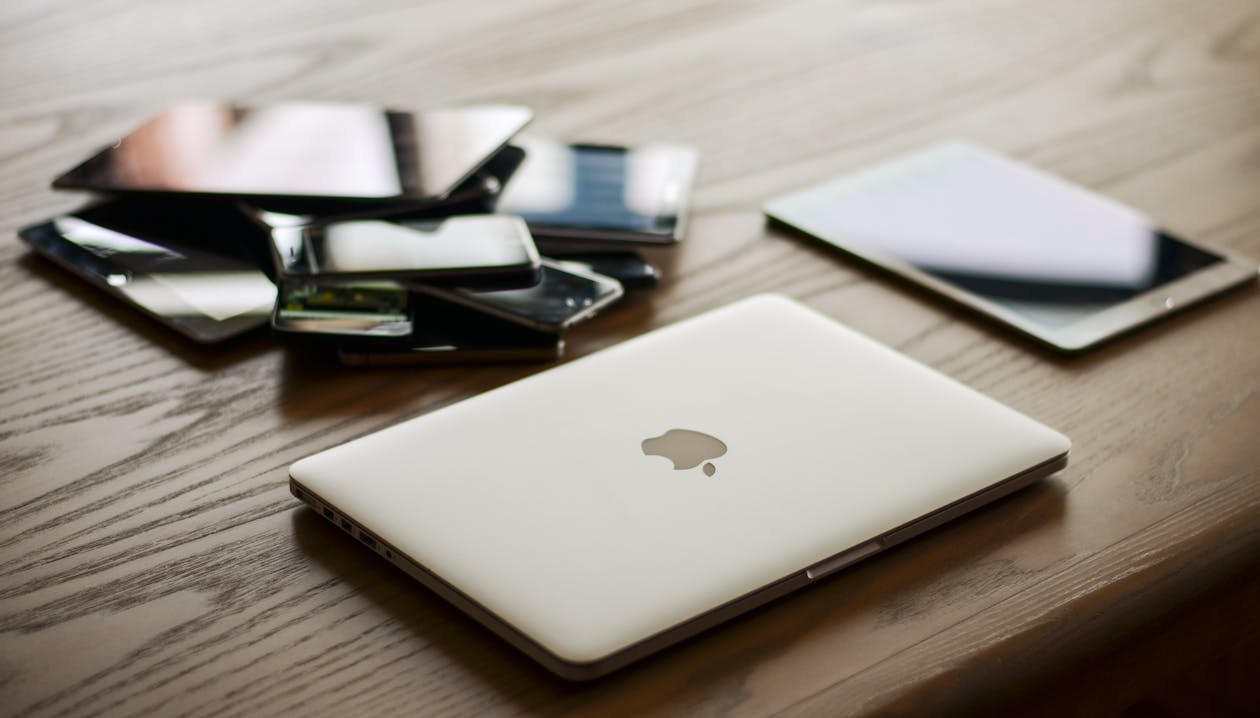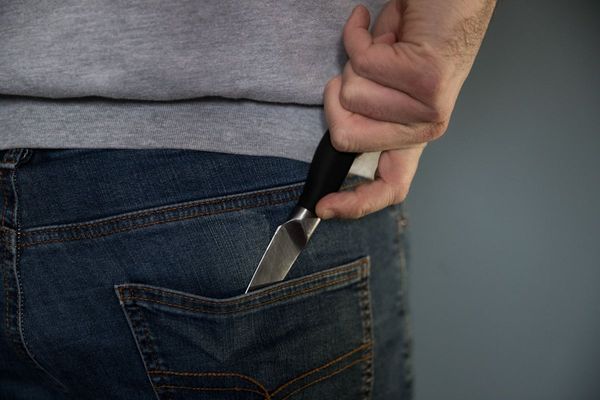
Tech clutter builds up fast—old phones, outdated laptops, unused cables, and forgotten chargers tend to pile up without us even realizing it. Decluttering these devices makes space, improves organization, and reduces stress. This guide offers practical steps to help you clear out your tech, recycle responsibly, and even earn some extra cash in the process.
Step 1: Take Inventory of All Your Devices
The first step to decluttering your tech is knowing what you have. Start by gathering all your gadgets—phones, tablets, laptops, chargers, headphones, and other accessories. Lay everything out and take note of each item. Group your devices into three categories:
- Currently in Use: Devices you use every day or frequently.
- Rarely Used: Items you use occasionally but could consider replacing or selling.
- No Longer Working or Needed: Devices that are broken, outdated, or no longer serve a purpose.
Once you’ve sorted your tech, it becomes easier to see what’s worth keeping and what should go. Identifying duplicate items, like multiple phone chargers, helps cut down on clutter and makes it easier to manage what you actually need.
Step 2: Sell or Trade-In Old Devices for Cash
After sorting your tech, it’s time to decide what to do with the items you no longer need. Devices that still work, like laptops, tablets, or smartphones, can have good resale value. Instead of letting them sit in a drawer, consider selling them. You can use online marketplaces, trade-in programs, or tech stores that buy used gadgets.
PayMore offers a reliable and easy way to sell old laptops for cash. Their service allows you to turn unused devices into extra money quickly, giving you a hassle-free option to declutter and make room for new tech. With platforms like this, you don’t need to worry about managing listings or negotiating prices—just submit your device, and you’re good to go.
Selling your unused devices has several benefits. First, you free up physical space, making it easier to stay organized. Second, the extra cash can help fund new tech purchases, like a laptop upgrade or other gadgets you’ve been eyeing.
Step 3: Donate Usable Devices to Good Causes
If some of your devices are still functional but you no longer need them, donating is a great option. Many community organizations, schools, and charities accept tech donations to help others in need. Older laptops, tablets, or smartphones can be valuable tools for students or nonprofit organizations.
Some organizations even offer free pick-up services, which makes the donation process simple. Giving these devices a second life benefits your community and reduces electronic waste at the same time.
Step 4: Recycle Electronics Safely
When devices no longer work and cannot be sold or donated, recycling them is the next best option. Many electronics contain materials that can be harmful if thrown in regular trash. Recycling prevents these components from ending up in landfills and helps recover valuable parts, such as metals and plastics, that can be reused.
Look for local e-waste recycling programs or drop-off points at electronics stores. Some manufacturers and retailers have recycling initiatives that accept old devices. They often offer free recycling services, making it easy to dispose of broken tech responsibly.
Be sure to wipe any personal data from your devices before recycling them. Some facilities will assist with this process, but it’s better to take extra care when handling personal information.
Step 5: Organize and Manage Your Cables and Accessories
Cables, chargers, and other accessories tend to accumulate over time, adding unnecessary clutter. Start by gathering all your cords and sorting them by type—phone chargers, HDMI cables, USB cords, and so on. Get rid of duplicates or damaged cables that no longer work.
Use cable ties, organizers, or labeled storage bags to keep the remaining cords neat and accessible. Designate a drawer or box specifically for accessories you use regularly. Having an organized system helps you avoid searching for the right cable when you need it.
If you come across accessories that are no longer useful, such as outdated chargers, look into recycling them along with your e-waste. This step reduces clutter and keeps only what serves a purpose.
Step 6: Declutter Your Digital Space
Clearing out physical devices is just part of the process—digital clutter can also slow you down. Go through your laptops, tablets, and phones to remove unused apps and software. Freeing up storage helps boost performance and also makes it easier to find what you need.
Organize your files into folders by category or project. Delete old downloads and files you no longer need. For important documents, consider moving them to cloud storage or an external hard drive. Regular backups prevent data loss and keep your devices running smoothly.
If your email inbox is overflowing, take time to unsubscribe from newsletters you don’t read and delete spam messages. A cleaner digital space makes everyday tasks more manageable and improves productivity.
Step 7: Create a Maintenance Routine to Avoid Future Clutter
Once you’ve decluttered your tech, keeping it organized requires a bit of routine upkeep. Set reminders to review your devices every few months. During these check-ins, decide whether to keep, sell, or recycle anything that’s no longer needed.
Managing your digital space regularly helps prevent it from becoming overwhelming. Periodically back up important files and delete unnecessary ones. Updating your devices also keeps them running efficiently and helps them stay relevant longer.
By sticking to a maintenance schedule, you’ll avoid the stress that comes with disorganized gadgets and cluttered digital files. This practice keeps your tech streamlined and functioning properly over time.
Getting rid of old devices, managing cables, and organizing digital space may seem like a chore, but the results are worth it. With these strategies, you can stay on top of your tech and avoid the buildup of unused gadgets and cluttered files. Whether you’re selling your old laptop, donating devices, or recycling broken electronics, each step helps you create a more organized space.
Regular maintenance keeps things in check, giving you more time to enjoy your technology without feeling buried under outdated devices. Staying organized also makes future upgrades easier, letting you focus on what matters most: making your tech work for you.







